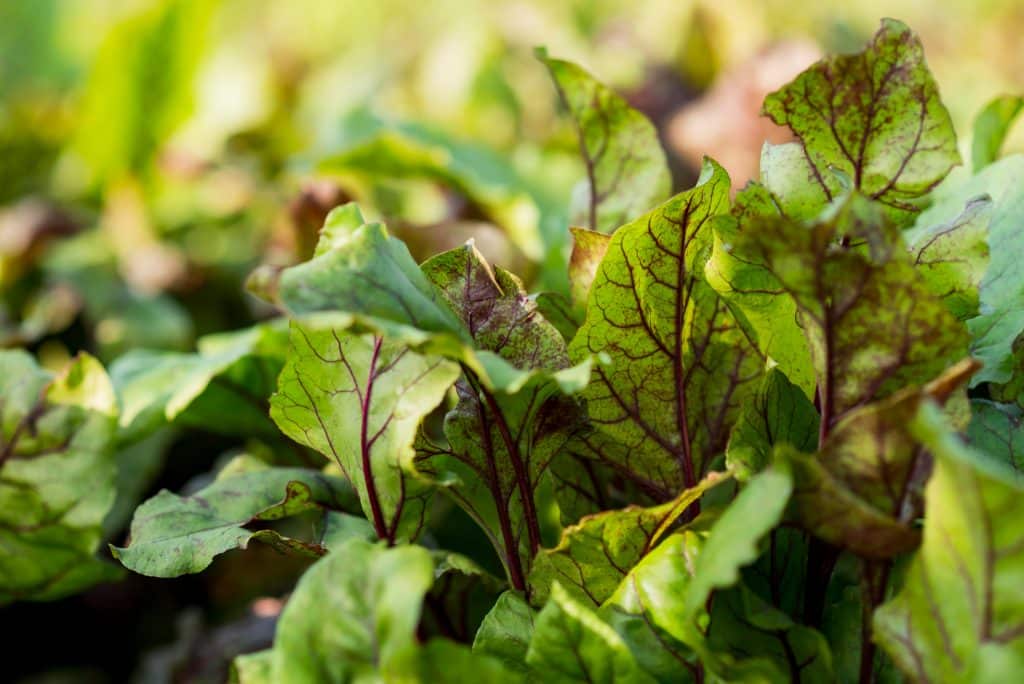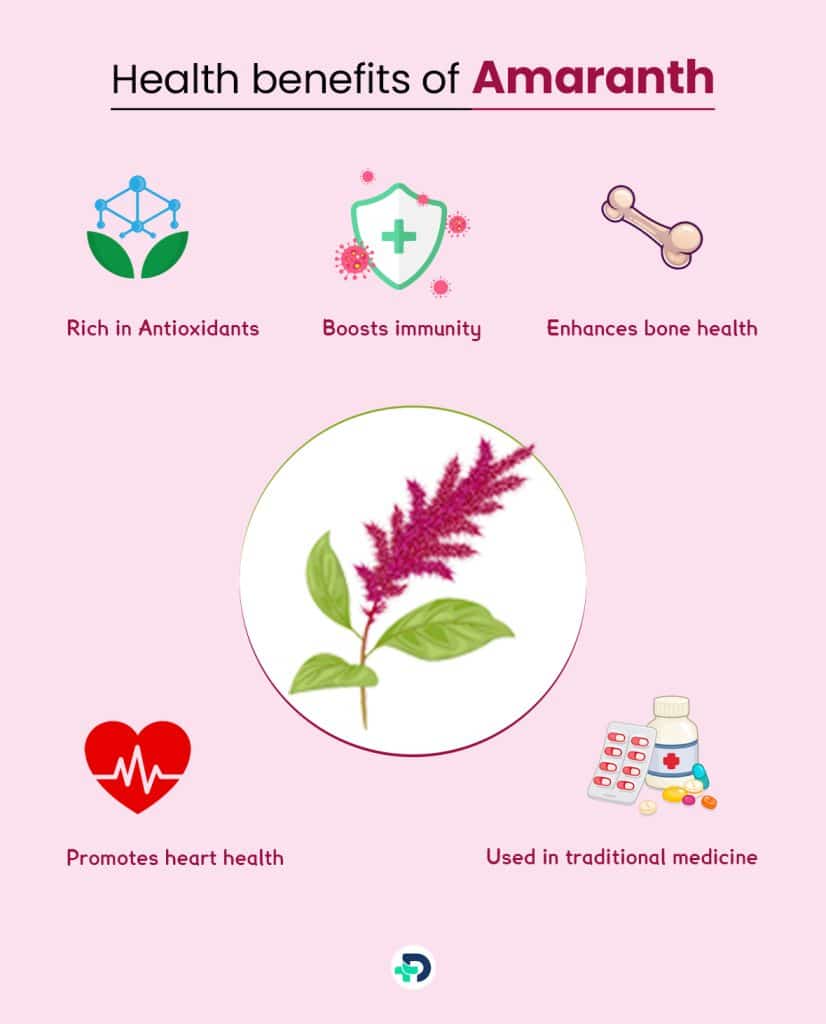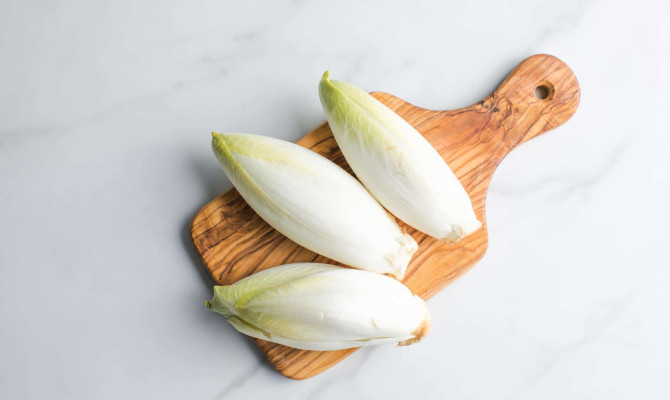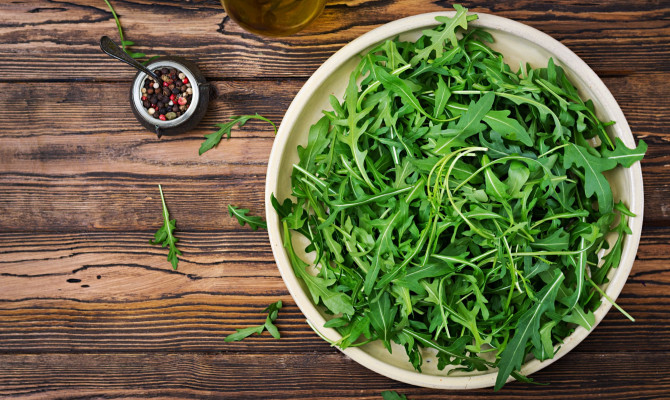All about Nutritious Green Amaranth Leaves

- Green Amaranth Leaves
- 22 Aug 2023
Overview
About Green amaranth leaves
Green amaranth leaves, also known as Amaranthus viridis, have been a staple in various cuisines around the world for centuries. It belongs to the family Amaranthaceae.1Overview| Researched based study from Plantnet-project.org These amazing greens should take the spotlight on the plate because they are loaded with important nutrients and offer a wide range of health advantages. Both the seeds and the leaves are consumed by humans.
This article will delve into the nutritional profile of green amaranth leaves, explore their potential health benefits, discuss their culinary uses, guide you on how to choose the best leaves, and shed light on any side effects, precautions, and interactions associated with their consumption.

Nutrition
Green amaranth leaves nutrition value
100 grams of raw Amaranth leaves may contain:
- Water – 91.7 g
- Calories – 23 Kcal
- Carbohydrates – 4.02 g (1% of DV)
- Protein – 2.46 g (5% of DV)
- Fat – 0.33 g 2Nutrition| Researched based study from Usda.gov
Minerals
- Potassium – 611 mg (13% of DV)
- Calcium – 215 mg (17% of DV)
- Magnesium – 55 mg (13% of DV)
- Phosphorus – 50 mg (4% of DV)
- Sodium – 20 mg (1% of DV)
- Iron – 2.32 mg (13% of DV)
- Zinc – 0.9 mg (8% of DV)
- Manganese – 0.88 mg (38% of DV)
- Copper – 0.16 mg (18% of DV)
- Selenium – 0.9 µg (2 % of DV)
Vitamins
- Vitamin C – 43.3 mg (48% of DV)
- Niacin – 0.658 mg (4% of DV)
- Vitamin B 6 – 0.192 mg (11% of DV)
- Riboflavin – 0.158 mg (12 % of DV)
- Pantothenic acid – 0.064 mg (1 % of DV)
- Thiamin – 0.027 mg (2 % of DV)
- Vitamin K – 1140 µg (950% of DV)
- Vitamin A – 146 µg (16% of DV)
- Folate – 85 µg (21 % of DV) 3Nutrition| Researched based study from Nutritionvalue.org
(Note: mg – milligrams, g – grams, µg – micrograms, % Daily Value (DV) – How much of a nutrient in a plate of food contributes to a daily diet.)
Health benefits

Health benefits of Green amaranth leaves
Adding green amaranth leaves to one’s diet has the following health benefits:
- Rich in antioxidants
- Boosts immunity
- Enhances bone health
- Promotes heart health
- Used in traditional medicine
Rich in Antioxidants
- Antioxidants found in abundance in green amaranth leaves help the body in destroying free radicals.
- These antioxidants, such as vitamin C, flavonoids, beta-carotene, and phenolic acids, contribute to the prevention of chronic diseases, including heart disease, arthritis, cataracts, neurodegenerative disease, and certain types of cancer.4Health benefits| Researched based study from Nlm.nih.gov
Boosts immunity
- The immune system is boosted by the high amount of vitamin C content of green amaranth leaves.5Health benefits| Researched based study from Nlm.nih.gov
- Regular consumption can help ward off common illnesses and promote overall well-being.
Enhances bone health
- Vitamin K, which is crucial for strong bones, is abundant in green amaranth leaves.
- Improved calcium absorption and a lower risk of osteoporosis are both benefits of getting enough vitamin K in your diet.6Health benefits| Researched based study from Nlm.nih.gov
Promotes heart health
- The potassium content in green amaranth leaves helps maintain healthy blood pressure levels.7Health benefits| Researched based study from Cdc.gov
- Regular consumption of green amaranth leaves in the diet may also help people regulate their cholesterol and blood glucose levels and contributes to heart health by reducing the risk of heart disease.8Health benefits| Researched based study from Nlm.nih.gov
Used in traditional medicine
- It is traditionally used in Ayurveda, siddha and Chinese medicines to cure various health conditions.9Health benefits| Researched based study from Indiabiodiversity.org
- In ayurveda it is used to treat various health conditions like constipation, excessive menstruation, anemia, etc. 10Health benefits| Researched based study from Ijapr.in
Selection
How to choose them?
When selecting green amaranth leaves, follow these guidelines to ensure their freshness and quality:
- Look for Vibrant Leaves – Pick leaves that have a vibrant green color and appear to be in good shape. Avoid wilted, yellowed, or bruised leaves, as they indicate age or damage.
- Check for Firm Stems – The stems should be firm and crisp. Avoid leaves with soft or mushy stems, as they may be a sign of deterioration.11Selection| Researched based study from Foodprint.org
- Choose Organic or Locally Sourced products – Whenever possible, choose organic green amaranth leaves to minimize exposure to pesticides. To assure freshness and support local agriculture, consider purchasing them at nearby farmers’ markets.
Uses
Culinary uses
Green amaranth leaves are adaptable and can be put into a variety of culinary dishes. Here are few common ways to include them in your meals:
- Salad Ingredient – To increase the nutritious content of your salads, add fresh, green amaranth leaves. For a light and healthful lunch, incorporate them with various greens, veggies, and a light dressing.
- Stir-fries and Curries – Sautee green amaranth leaves with garlic, onions, and your choice of spices to create a delicious stir-fry or curry.11uses| Researched based study from Foodprint.org They pair well with other vegetables and proteins.
- Soups and Stews – Green amaranth leaves can be incorporated into soups and stews to increase their nutritious content. Their vibrant color and delicate flavor can enhance the overall taste of the dish.
Side effects
Green amaranth leaves’ side effects
Although it is typically regarded as harmless, excessive quantities of it may have the following negative effects:
- Stomach pain
- Gas
- Bloating
- Nausea
- Diarrhea
- Vomiting.
Precautions
Precautions
Despite the numerous health advantages of green amaranth leaves, it is crucial to be aware of any potential hazards, safety measures, and interactions:
- Oxalate content – Oxalates, which are found in green amaranth leaves,12Precautions| Researched based study from Nlm.nih.gov could cause kidney stones in some people. Those with a history of kidney stones or are at risk of getting them, should eat oxalate-rich foods in moderation.13Precautions| Researched based study from Mayoclinic.org
- Allergic reactions – Amaranth leaves may rarely result in allergic reactions in few people. After taking them, if you suffer any unfavorable symptoms like swelling, itching, or trouble breathing, stop using them and get medical help.
Interactions
Interactions
Interaction with Blood thinners or anti platelet drugs
- Consuming more vitamin K-rich foods can decrease the effectiveness of some medications, such as warfarin, and perhaps raise the possibility of blood clots.14Interactions| Researched based study from Heart.org People taking medications, especially blood thinners or antiplatelet drugs, should consult their healthcare provider before consuming green amaranth leaves as it contains high vitamin K content.15Interactions| Researched based study from Heart.org
Bottom line
The Bottom Line
The nutritional advantages of green amaranth leaves can improve general health and well-being. With their high content of vitamins, minerals, and antioxidants, these versatile greens can be incorporated into various dishes to enhance flavor and boost nutritional value. However, it is crucial to exercise caution and be aware of potential side effects, especially for individuals with specific health conditions or on certain medications. Having said that, a diet that focuses on a single item should be avoided in favor of one that includes a variety of nutrient-dense meals.
Any feedback on this article?
 This Articles content was accurate
This Articles content was accurate Very Informative Article
Very Informative Article I have a question or a comment
I have a question or a comment
 This article contains inaccurate content
This article contains inaccurate content This article was not helpful
This article was not helpful I have a question or a comment
I have a question or a comment
We appreciate your helpful feedback!
Checkout our social pages
References
-
Plant Net
Riceweeds en - Amaranthaceae - Amaranthus viridis L. | Overview
-
U.S. DEPARTMENT OF AGRICULTURE
Amaranth leaves, raw | Nutrition
-
Nutrition value
Amaranth leaves, raw | Nutrition
-
National Library of Medicine
Nutritional and antioxidant components and antioxidant capacity in green morph Amaranthus leafy vegetable | Health benefits
-
National Library of Medicine
Vitamin C and Immune Function | Health benefits
-
National Library of Medicine
Vitamin K and Bone Health: A Review on the Effects of Vitamin K Deficiency and Supplementation and the Effect of Non-Vitamin K Antagonist Oral Anticoagulants on Different Bone Parameters | Health benefits
-
Centers for Disease Control and Prevention
Sodium, Potassium and Health | Health benefits
-
National Library of Medicine
Anti-diabetic and anti-cholesterolemic activity of methanol extracts of three species of Amaranthus | Health benefits
-
India biodiversity portal
Amaranthus viridis L. | Health benefits
-
International Journal of Ayurveda and Pharma Research
TANDULIYAKA(AMARANTHUS VIRIDIS):A HIGHLY NUTRITIONAL HERB | Health benefits
-
Food Print
Amaranth | Selection
-
National Library of Medicine
Oxalates in some Indian green leafy vegetables | Precautions
-
Mayo clinic
Hyperoxaluria and oxalosis | Precautions
-
American Heart Association
A Patient's Guide to Taking Warfarin | Interactions
-
American Heart Association
THESE FOODS ARE LOW IN VITAMIN K | Interactions





































